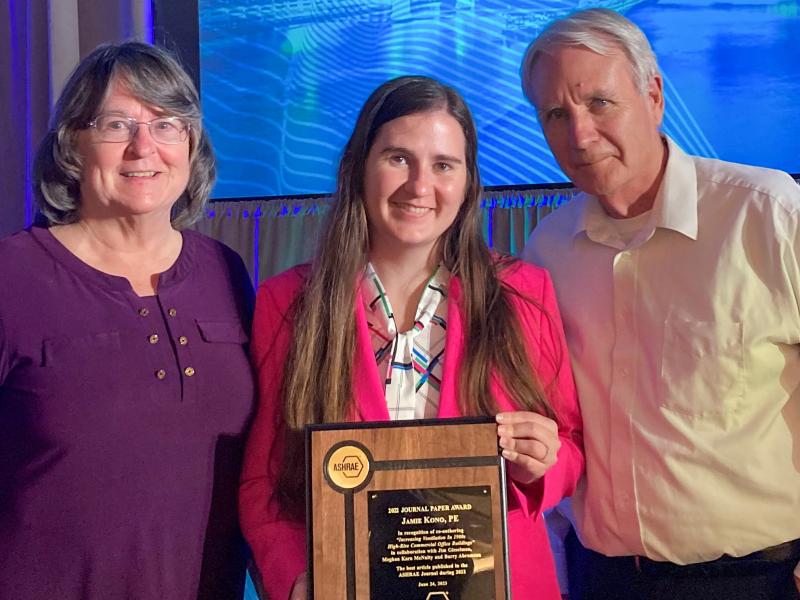
Building Energy
Codes
Building Energy
Codes
Better building
through energy efficiency
Better building
through energy efficiency
PNNL supports the development of model codes by participating in the established industry processes.
Alex Wong
Pacific Northwest National Laboratory (PNNL) is the lead support for the U.S. Department of Energy Building Technologies Office’s Building Energy Codes Program (BECP). Over the next 30 years, energy codes for residential and commercial buildings are expected to save $126 billion nationwide. PNNL assists with the development of model codes by participating in established industry processes. Specifically, PNNL supports updating and implementing the American Society of Heating, Refrigerating and Air-Conditioning Engineers (ASHRAE) Standard 90.1 and the International Energy Conservation Code. Our staff also supports the development of state and jurisdictional codes as requested. In addition to development, PNNL provides technical assistance for code adoption and implementation to states and jurisdictions that have adopted or are considering adopting codes.
PNNL’s role ranges from technical analyses supporting development of energy codes to creating, maintaining, and supporting tools such as REScheck and COMcheck. Tool users create a combined average of 30,000 projects per month to evaluate adherence to the energy code.
PNNL relies on established methodologies to quantify the energy and economic impacts of adoption and implementation at both the national and state levels. States use the state-specific results to inform their deliberations. Researchers at PNNL track the adoption status of the national model codes at the state and local levels, including assessing the impacts of amendments that states make to the energy codes. BECP also supports states validating compliance with their codes and quantifying associated impacts in the field.
Additional technical assistance is provided through education and training programs, leveraging empirical data to help states identify successes, challenges, and key workforce training opportunities. These training programs lead to professional licensing, certification and training, and jobs, and help the workforce adapt to new technologies and practices.

